No products in the cart.
Sale
Human Growth Hormone (HGH) | CAS 12629-01-5 | Pituitary-Derived Peptide for Growth and Metabolism Research
Original price was: $28.00.$23.00Current price is: $23.00.
Human Growth Hormone (HGH) is a 191-amino acid peptide hormone that plays a vital role in stimulating cell growth, regeneration, and metabolism. It regulates anabolic processes and promotes protein synthesis, making it essential for research on growth regulation, tissue repair, and endocrine signaling.
Description
Product Description
Human Growth Hormone (HGH), also known as somatotropin, is a naturally occurring peptide hormone secreted by the anterior pituitary gland. Composed of 191 amino acids, HGH exerts multifaceted biological effects by stimulating growth, cellular regeneration, and energy metabolism.
In research applications, recombinant HGH or purified synthetic analogs are extensively used to investigate growth disorders, metabolic diseases, endocrine regulation, and tissue regeneration. Its anabolic properties make it an invaluable tool in studies involving protein synthesis, muscle development, and lipid metabolism.
Structural Overview
The HGH molecule is a single-chain polypeptide stabilized by two disulfide bonds, giving it a defined tertiary structure necessary for receptor binding. Its activity is mediated primarily through the growth hormone receptor (GHR), a transmembrane protein expressed in multiple tissues, including the liver, skeletal muscle, and adipose tissue.
Upon binding, HGH triggers intracellular signaling cascades such as the JAK2/STAT5, MAPK, and PI3K/Akt pathways, ultimately stimulating insulin-like growth factor 1 (IGF-1) synthesis in the liver and peripheral tissues. This IGF-1 production is critical for mediating HGH’s anabolic and mitogenic effects.
Research Relevance
In laboratory research, HGH serves as a key model for studying hormonal regulation, signal transduction, and metabolic adaptation. It supports investigations into:
Growth regulation: Cell proliferation, differentiation, and hypertrophy in muscle and cartilage tissue.
Energy metabolism: Promotion of lipolysis and inhibition of glucose uptake in adipose cells.
Tissue repair: Stimulation of collagen deposition and wound healing.
Endocrine interactions: Cross-talk between pituitary and peripheral hormones.
HGH is also used in pharmacological screening for GH analogs, GH receptor modulators, and IGF-1 pathway regulators.
Product Specifications
| Property | Description |
|---|---|
| Product Name | Human Growth Hormone (HGH) |
| CAS Number | 12629-01-5 |
| Synonyms | Somatotropin; Pituitary Growth Hormone; GH |
| Molecular Formula | C990H1529N263O299S7 |
| Purity | ≥99% |
| Form | Lyophilized peptide powder |
| Storage | −20°C, protected from light and moisture |
| Solubility | Soluble in water or phosphate-buffered saline (PBS) |
| Stability | Stable for ≥12 months under recommended conditions |
| Category | Peptide hormone; Pituitary-derived anabolic peptide |
| Applications | Growth and metabolism research, endocrine signaling studies, tissue regeneration |
| Research Area | Endocrinology, Cell Biology, Regenerative Medicine, Metabolic Research |
| Intended Use | For laboratory research use only |
Mechanism of Action
HGH functions by binding to growth hormone receptors (GHRs) on target cells, inducing receptor dimerization and activation of the JAK2/STAT5 signaling cascade. This leads to transcriptional regulation of IGF-1 and other growth-related genes.
The primary downstream mediator of HGH activity is Insulin-like Growth Factor 1 (IGF-1), which stimulates chondrocyte proliferation, skeletal growth, and protein synthesis in muscle tissues. In adipose tissue, HGH enhances lipolysis, reducing fat accumulation, while promoting glucose utilization in skeletal muscle and liver.
Furthermore, HGH modulates mitochondrial biogenesis, DNA synthesis, and amino acid uptake, thereby accelerating anabolic metabolism. Its signaling pathways intersect with other hormonal regulators such as insulin, cortisol, and thyroid hormones, creating a comprehensive metabolic network.
HGH research contributes to the understanding of aging, cachexia, metabolic syndrome, and regenerative medicine, providing a framework for therapeutic discovery without implying direct clinical use.
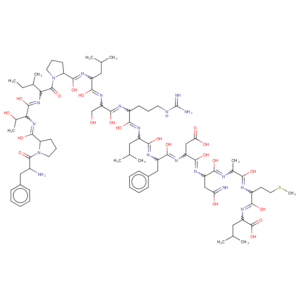
Side Effects
In research contexts, HGH shows no direct toxicity when used according to laboratory standards. However, in biological models, excessive exposure may induce physiological changes due to overstimulation of GH/IGF-1 pathways.
Potential observed reactions in experimental models include:
Transient fluid retention or edema
Increased insulin resistance
Tissue hypertrophy
Altered lipid metabolism
All in vivo uses should be carried out under appropriate ethical and biosafety regulations.
Keywords
Human Growth Hormone, HGH peptide, somatotropin, growth hormone receptor ligand, IGF-1 regulator, anabolic peptide, pituitary hormone, protein synthesis modulator, metabolism research compound, endocrine study reagent
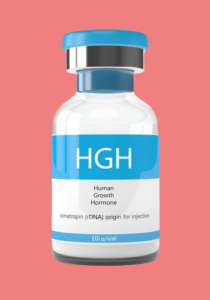
Shipping Guarantee
All shipments are handled using validated cold-chain logistics to preserve peptide integrity. Each package is sealed in moisture-proof containers with secondary protective wrapping and continuous temperature monitoring. Products are shipped via express international couriers with full tracking and insurance coverage.
Trade Assurance
We ensure product authenticity, verified ≥99% purity, and compliance with analytical standards (HPLC, MS, and NMR). Each batch is supplied with a Certificate of Analysis (CoA). Our trade assurance policy guarantees replacement or refund for any deviation from listed specifications.
Payment Support
We provide flexible and secure global payment options to support international research transactions. Accepted payment methods include PayPal, major credit cards (Visa, MasterCard, American Express), telegraphic transfer (T/T), and cryptocurrencies (USDT, Bitcoin, Ethereum). All transactions are protected by industry-standard encryption and verified gateways to ensure confidentiality and fund security.
Additional information
| Weight | 0.9 kg |
|---|---|
| Dimensions | 86 × 53 × 86 cm |
What is HGH?
Human Growth Hormone (HGH) is a pituitary-derived peptide that stimulates growth, regeneration, and metabolism in cells and tissues.
What is the CAS number of HGH?
CAS No. 12629-01-5.
What is HGH used for in research?
It is used to study growth regulation, protein synthesis, tissue repair, and endocrine metabolism mechanisms.
What is the molecular structure of HGH?
It is a 191-amino acid polypeptide with a molecular weight of approximately 22 kDa.
How does HGH signal in cells?
It binds to growth hormone receptors, activating JAK2/STAT5 and other downstream signaling cascades.
What are the key research areas for HGH?
Endocrinology, regenerative medicine, and metabolic research.
How should HGH be stored?
Store lyophilized powder at −20°C, away from light and moisture.
What is the purity level of this peptide?
≥99%, verified by HPLC and MS.
Can HGH be used in humans?
No. It is strictly for laboratory research use only.
What forms of analysis are provided?
Each batch includes full analytical data and a Certificate of Analysis (CoA).

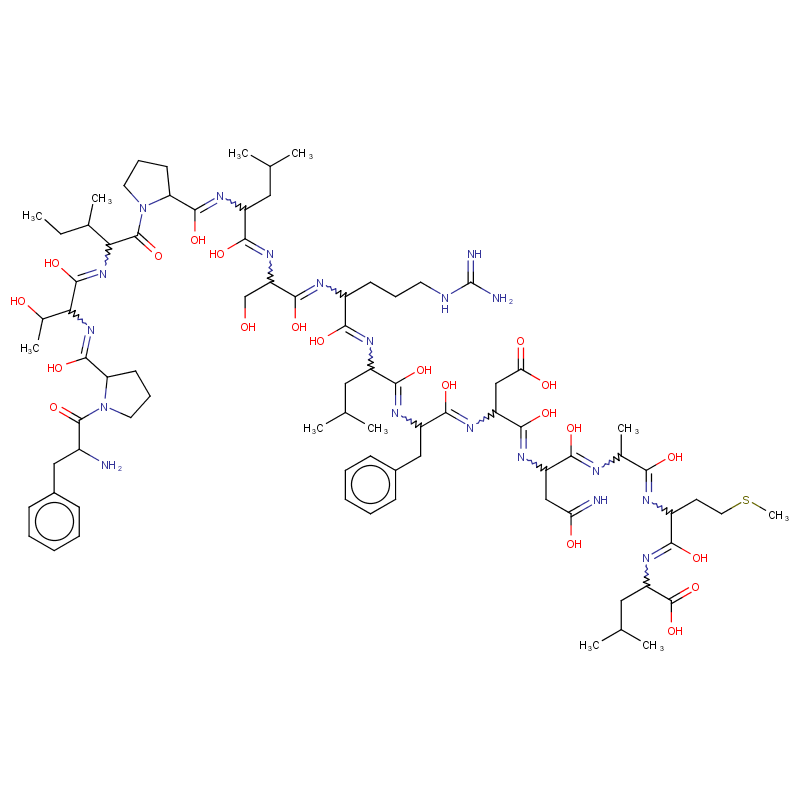

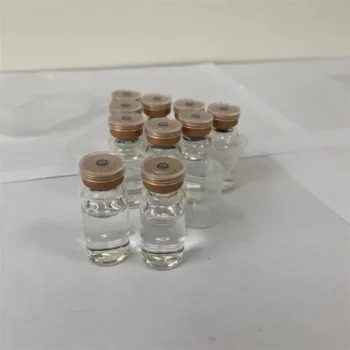
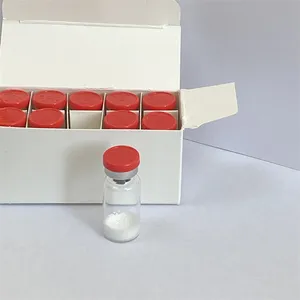
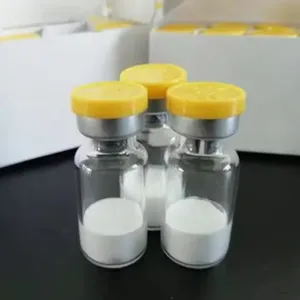
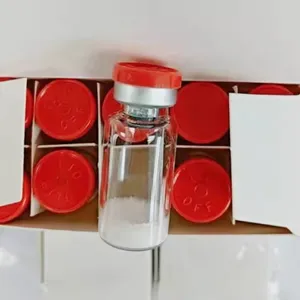
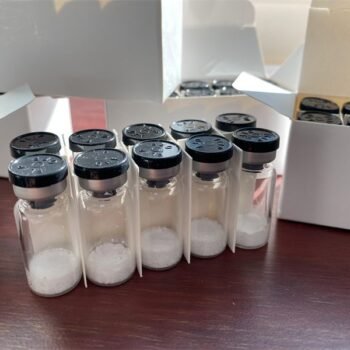
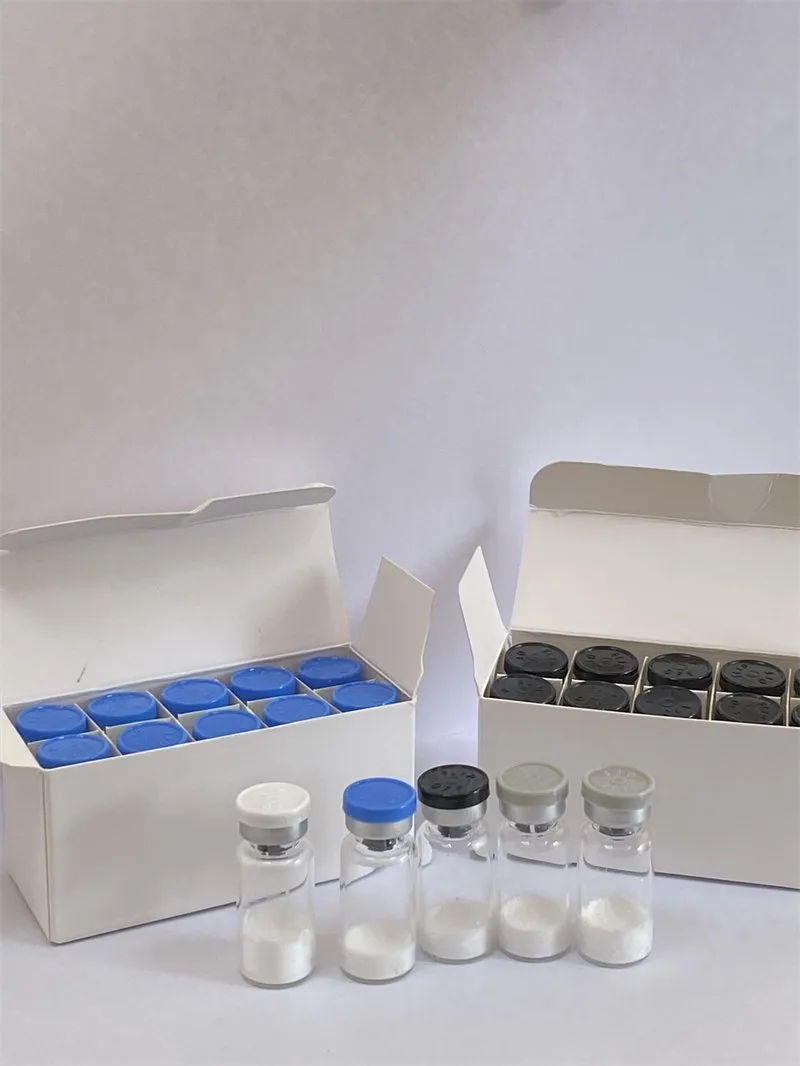
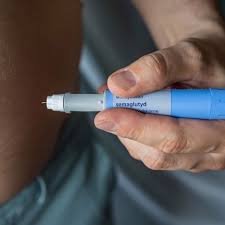
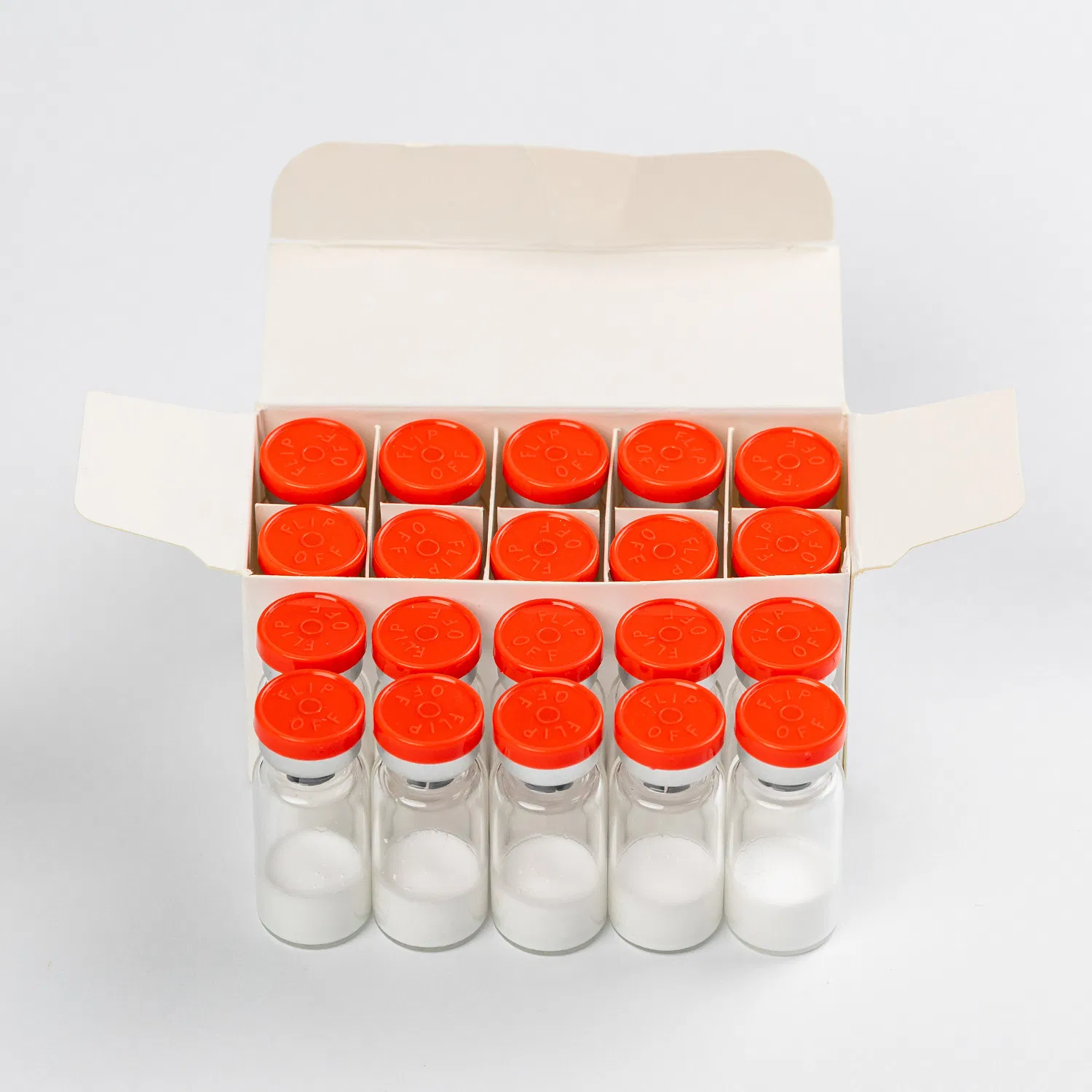
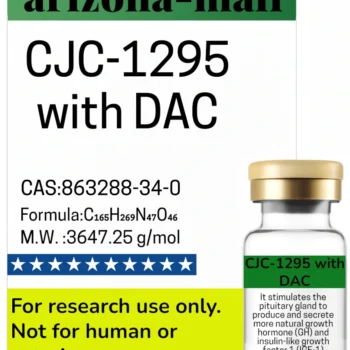

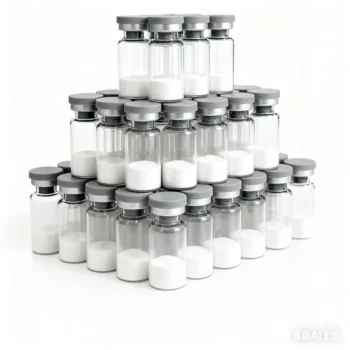

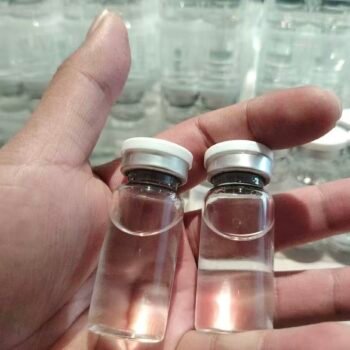
Reviews
There are no reviews yet.